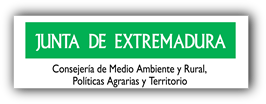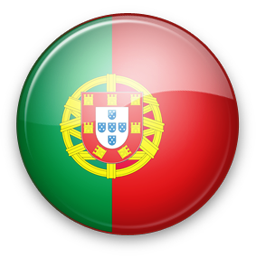

LIFE 10 NAT/ES/000582
Lucha contra las especies invasoras en las cuencas hidrográficas de los ríos Tajo y Guadiana en la Península Ibérica
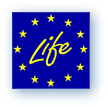
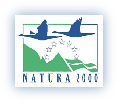

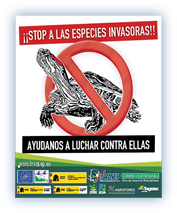


Beneficiario Coordinador
Cofinanciador
Beneficiario Asociados


Colaboradores
© 2017 Consejería de Medio Ambiente y Rural, Políticas
Agrarias y Territorio - DG Medio Ambiente - GPEX
Con la contribución del instrumento financiero LIFE de la Unión Europea
Agrarias y Territorio - DG Medio Ambiente - GPEX
Con la contribución del instrumento financiero LIFE de la Unión Europea
Other languages

American Mink (Neovison vison)
Species description
Carnivorous mammal originally native to North America. Its native area of distribution covers from most parts of Canada to the United States, from the frozen tundra to the driest Southern regions. Medium in size, its body is long and slender (30-40 cm long except for its tail, which might be a third of its body length). It has got a small head, with small round ears; its legs are short and strong. Male individuals are usually bigger than females, both in length and weight (800-1800 g vs. 500-900 g for females).
It has got shiny thick fur of a dark brown, almost black colour in winter, and reddish in summer; with some white patches on its chin, lower lip, abdomen, and groin. Individuals bred in captivity might show differences in their fur colour, which usually disappear within a few generations.
This species might be easily mistaken with the European Mink (Mustela lutreola), which can be recognized for its bigger size, and the absence of white patches on its upper lip.
Species description
Carnivorous mammal originally native to North America. Its native area of distribution covers from most parts of Canada to the United States, from the frozen tundra to the driest Southern regions. Medium in size, its body is long and slender (30-40 cm long except for its tail, which might be a third of its body length). It has got a small head, with small round ears; its legs are short and strong. Male individuals are usually bigger than females, both in length and weight (800-1800 g vs. 500-900 g for females).
It has got shiny thick fur of a dark brown, almost black colour in winter, and reddish in summer; with some white patches on its chin, lower lip, abdomen, and groin. Individuals bred in captivity might show differences in their fur colour, which usually disappear within a few generations.
This species might be easily mistaken with the European Mink (Mustela lutreola), which can be recognized for its bigger size, and the absence of white patches on its upper lip.
Pathways of Introduction and Expansion
This species was introduced in Spain in the 50s for the fur trade (Segovia, 1958). The number of fur farms in Spain has decreased, from 320 in 1989, 214 in 1992, to only 50 existing nowadays, which own around 400,000 specimens.
Current use in Spain: it is grown for commercial purposes, to produce fur coats and accessories.
Main dispersal vectors: individuals escape or are released by farm owners. Once it becomes naturalized, it spreads in a natural way.
This species was introduced in Spain in the 50s for the fur trade (Segovia, 1958). The number of fur farms in Spain has decreased, from 320 in 1989, 214 in 1992, to only 50 existing nowadays, which own around 400,000 specimens.
Current use in Spain: it is grown for commercial purposes, to produce fur coats and accessories.
Main dispersal vectors: individuals escape or are released by farm owners. Once it becomes naturalized, it spreads in a natural way.
Impact
Ecological: this species is an important predator, whose influence negatively affects native bird species and the European mink, a critically endangered species. Neovison vison (American mink) directly competes against the native Mustela lutreola (European mink), diplacing this species due to its more aggressive behaviour and bigger size. It may also interfere in the European mink's gene flow by mating its females, which will never mate again. This species' predatory behaviour directly affects birds whose nests are on the ground, especially waterfowl species.
Public Health: this species is a carrier of diseases such as the Aleutian Disease Virus (ADV), which already affects native species, and might be transmitted to other ones such as the otter or the polecat.
Economical: the breeding of this species is economically beneficial for fur traders. The turnover resulting from mink coats and accessories sales in Spain was of 67,207,500€ in 2006. However, the damage caused by the American mink to the rest of the community is important: it has an impact on farm animals, sport fishing, aquaculture, and also on tourism. Furthermore, costs for the control of this species are high (more than 10,5 million € in Europe).
Geographical distribution in the project area
Ecological: this species is an important predator, whose influence negatively affects native bird species and the European mink, a critically endangered species. Neovison vison (American mink) directly competes against the native Mustela lutreola (European mink), diplacing this species due to its more aggressive behaviour and bigger size. It may also interfere in the European mink's gene flow by mating its females, which will never mate again. This species' predatory behaviour directly affects birds whose nests are on the ground, especially waterfowl species.
Public Health: this species is a carrier of diseases such as the Aleutian Disease Virus (ADV), which already affects native species, and might be transmitted to other ones such as the otter or the polecat.
Economical: the breeding of this species is economically beneficial for fur traders. The turnover resulting from mink coats and accessories sales in Spain was of 67,207,500€ in 2006. However, the damage caused by the American mink to the rest of the community is important: it has an impact on farm animals, sport fishing, aquaculture, and also on tourism. Furthermore, costs for the control of this species are high (more than 10,5 million € in Europe).
Geographical distribution in the project area
Autoecology
Main habitat: the American mink is a semi-aquatic species that lives in rivers, streams, lakes, reservoirs, etc. which are rich in vegetal cover and rocks. It will select its habitat depending on the availability of essential elements such as food or burrows.
Food: opportunistic and generalist species that takes advantages of the availability of food, depending on the season. It usually preys on invertebrates, amphibians, fish, birds, and mammals; although it might occasionally consume fruits and carrion.
Breeding season: it reproduces once a year, and becomes sexually mature at 10-11 months old. Its season starts in March, and it gives birth between April and May around 4-6 offsprings. Young individuals start migrating to new territories between August and September.
Behaviour: this species might be active during daylight, depending on the availability of food and environmental conditions, although it develops its activities during twilight. Male and female individuals might share same territories, but they are quite solitary and territorial creatures, except for males in breeding season.
Main habitat: the American mink is a semi-aquatic species that lives in rivers, streams, lakes, reservoirs, etc. which are rich in vegetal cover and rocks. It will select its habitat depending on the availability of essential elements such as food or burrows.
Food: opportunistic and generalist species that takes advantages of the availability of food, depending on the season. It usually preys on invertebrates, amphibians, fish, birds, and mammals; although it might occasionally consume fruits and carrion.
Breeding season: it reproduces once a year, and becomes sexually mature at 10-11 months old. Its season starts in March, and it gives birth between April and May around 4-6 offsprings. Young individuals start migrating to new territories between August and September.
Behaviour: this species might be active during daylight, depending on the availability of food and environmental conditions, although it develops its activities during twilight. Male and female individuals might share same territories, but they are quite solitary and territorial creatures, except for males in breeding season.
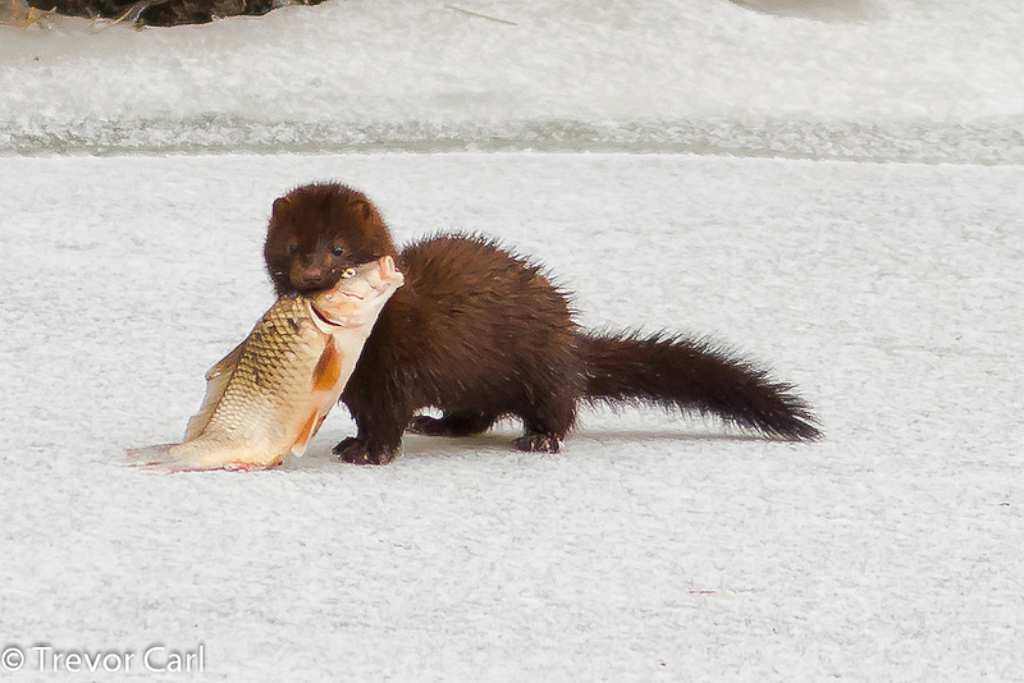
Neovison vison - © Trevor Carl
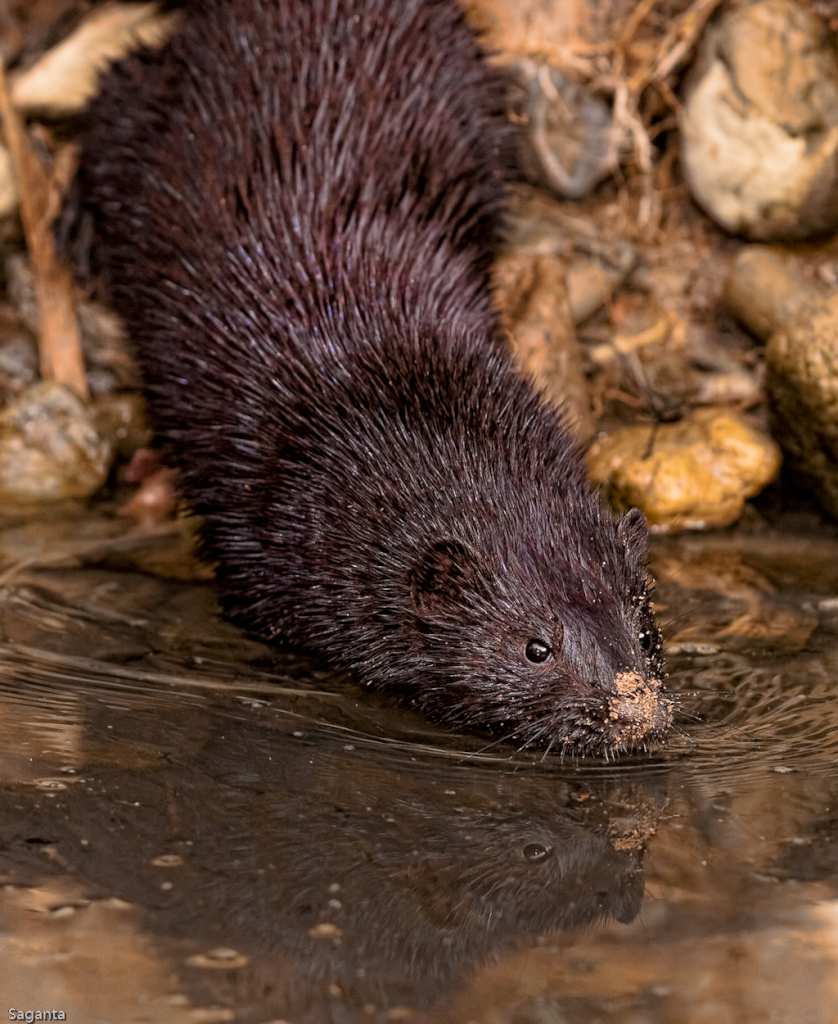
Neovison vison - © Paco Gómez


